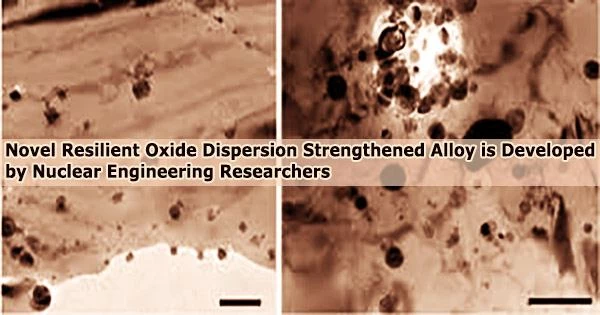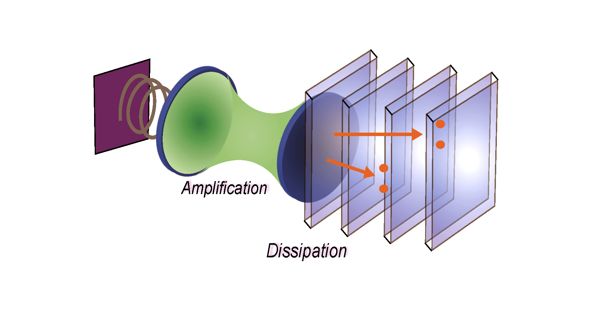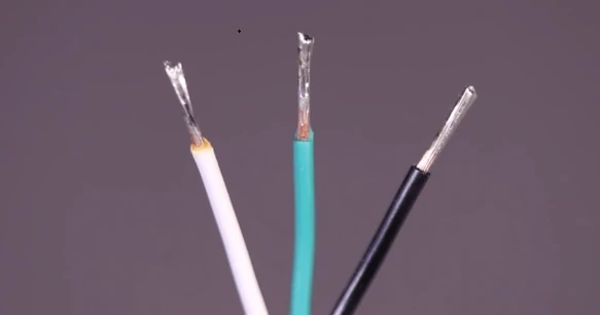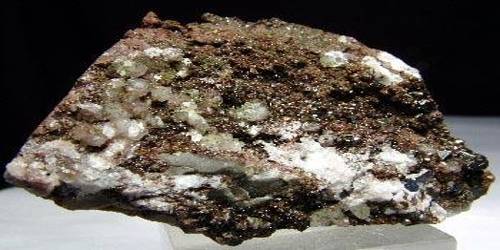Researchers from Texas A&M University recently demonstrated the enhanced performance of an innovative oxide dispersion strengthened (ODS) alloy they created for application in both fusion and fission reactors.
The next generation of high-performance ODS alloys was developed by Dr. Lin Shao, a professor in the Department of Nuclear Engineering, in collaboration with researchers at the Los Alamos National Laboratory and Hokkaido University, and so far, they are among the strongest and most advanced metals available.
ODS alloys, which are renowned for their great creep resistance, are composed of several metals and tiny, nanometer-sized oxide particles. This indicates that as temperatures rise, the materials resist deforming and maintain their shape.
Several ODS alloys are utilized in cutlery and power generation in aircraft engineering because they can endure temperatures of up to 1,000 C.
The basic components of nuclear reactors require a lot of dependable and long-lasting materials, according to the nuclear community. The material must be high strength, radiation tolerant and resistant to void swelling (materials develop cavities when subjected to neutron radiation, leading to mechanical failures).
We decided to explore a new design principle in which oxide particles are embedded in the martensitic phase, which is best to reduce void swelling, rather than the ferritic phase.
Professor Dr. Lin Shao
Shao and other nuclear scientists are always looking for high-quality creep- and swelling-resistant materials to employ in high-temperature reactors.
“In general, ODS alloys should be resistant to swelling when exposed to extreme neutron irradiation,” said Shao. “However, the majority of commercial ODS alloys are problematic from the beginning.”
This is because almost all commercial ODS alloys are based on the ferritic phase. Ferritic alloys have good ductility and reasonable high-temperature strength. They are categorized by their crystalline structure and metallurgical performance.
However, when compared to other phases in terms of swelling resistance, the ferritic phase is the weakest phase, which causes the majority of commercial ODS alloys to fail in the first line of defense.
Shao, known internationally for his pioneering work in radiation materials science, directs the accelerator laboratory for testing alloys under extreme irradiation conditions. Shao and his research team collaborated with the Japanese research group at Hokkaido University led by Dr. Shigeharu Ukai to develop various new ODS alloys.
“We decided to explore a new design principle in which oxide particles are embedded in the martensitic phase, which is best to reduce void swelling, rather than the ferritic phase,” said Shao.
The resulting ODS alloys are among the best alloys ever created in the sector, both in terms of high-temperature strength and outstanding swelling resistance. They can withstand up to 400 atom displacements.
















